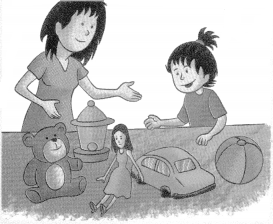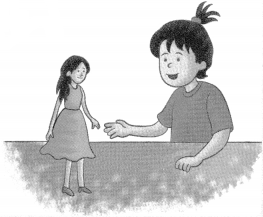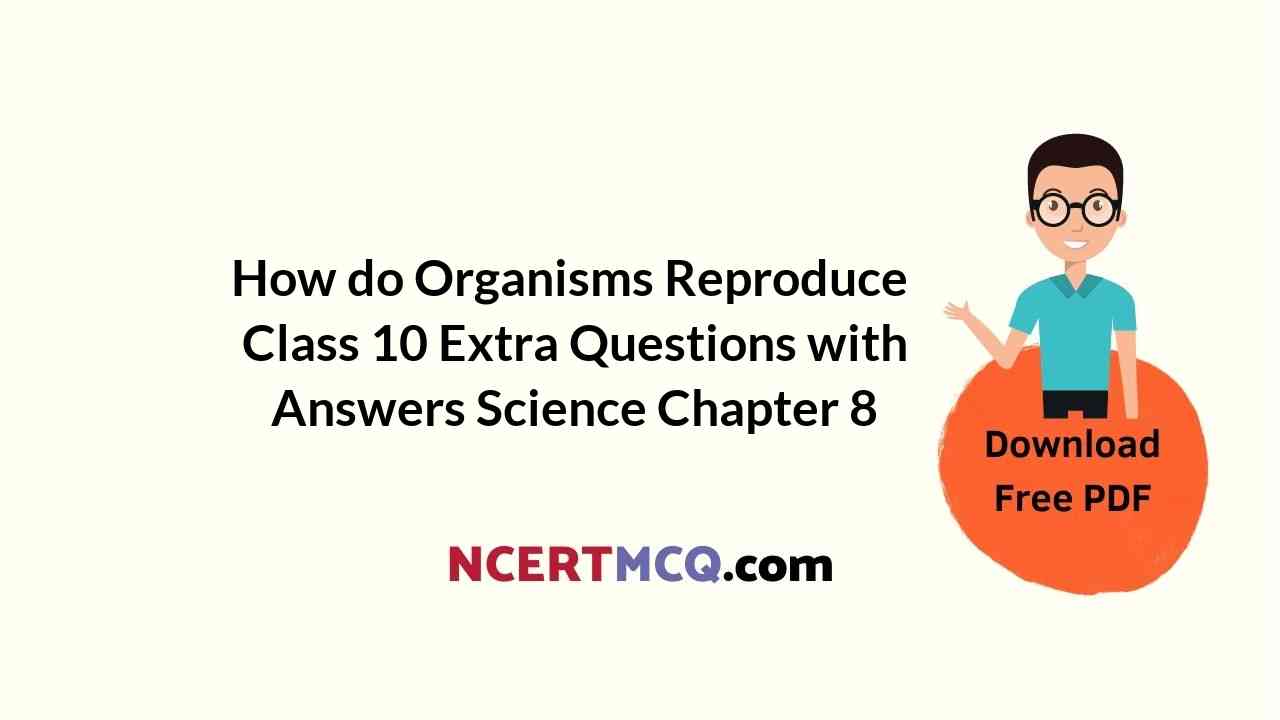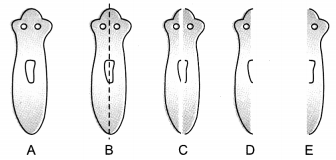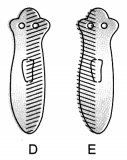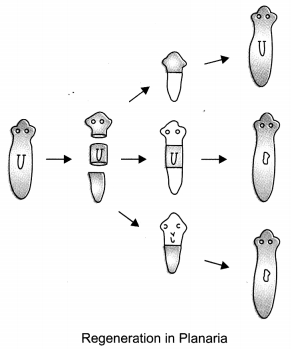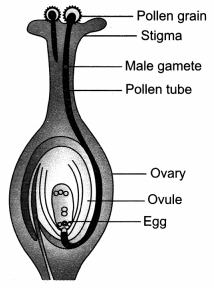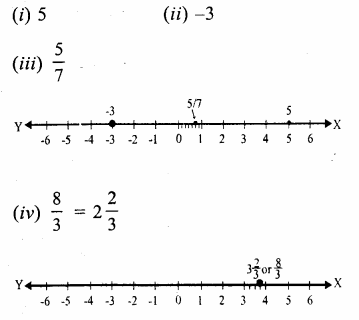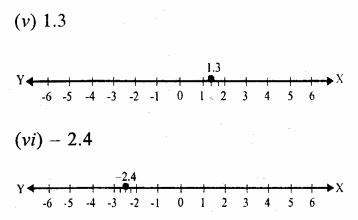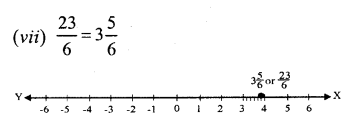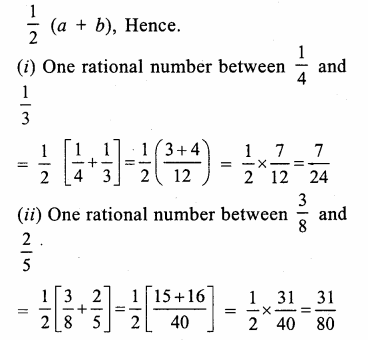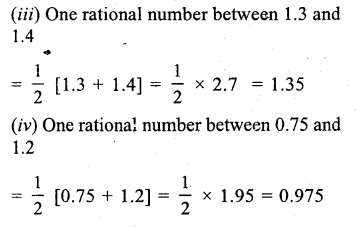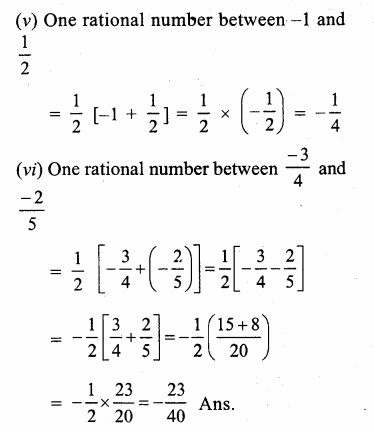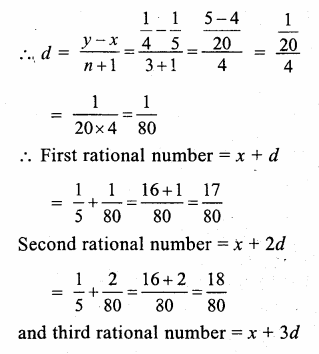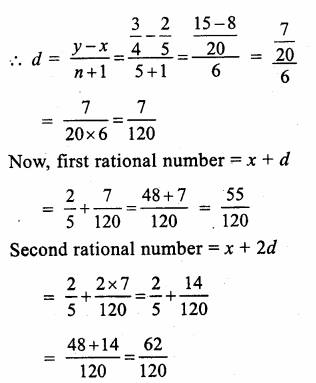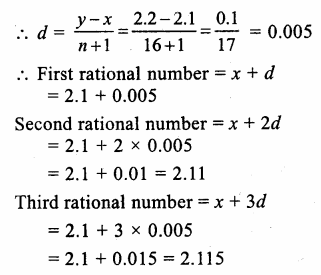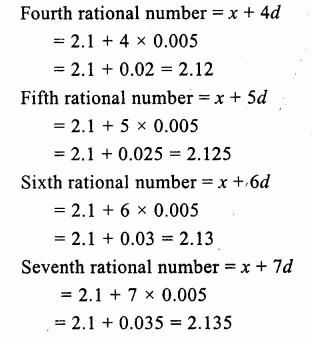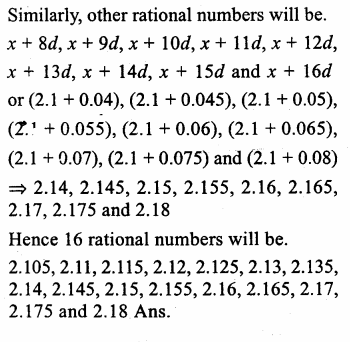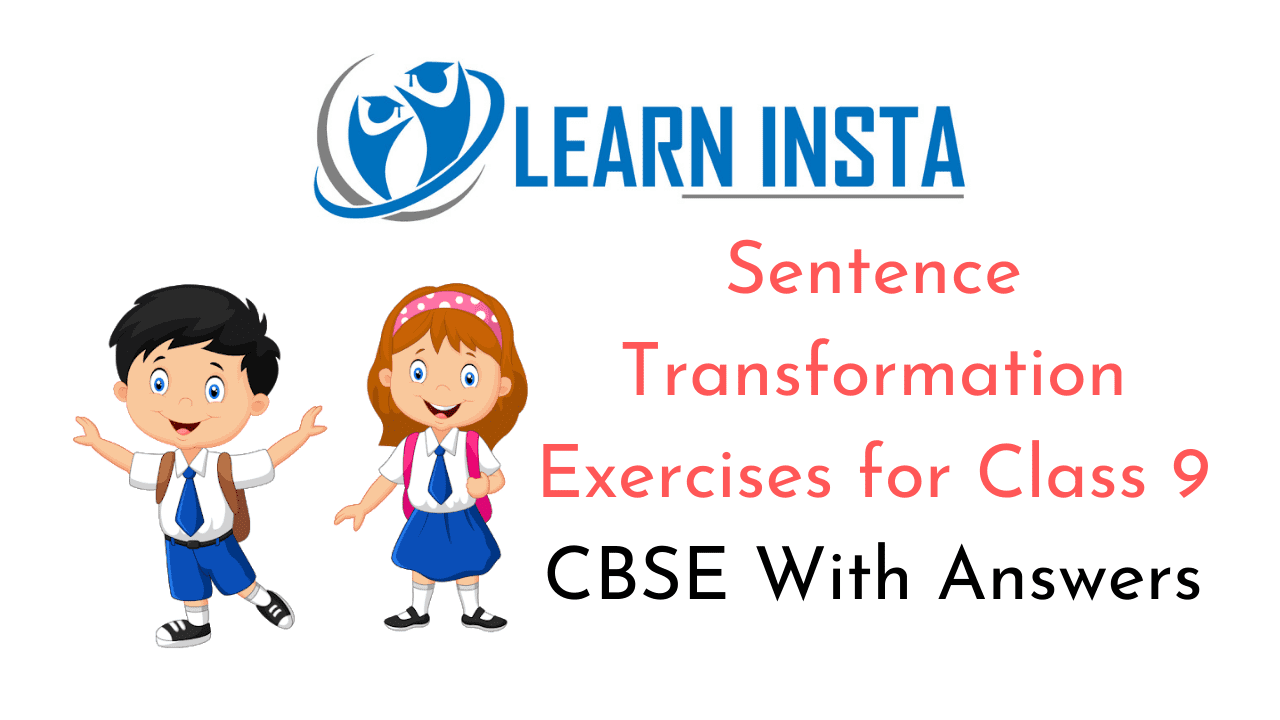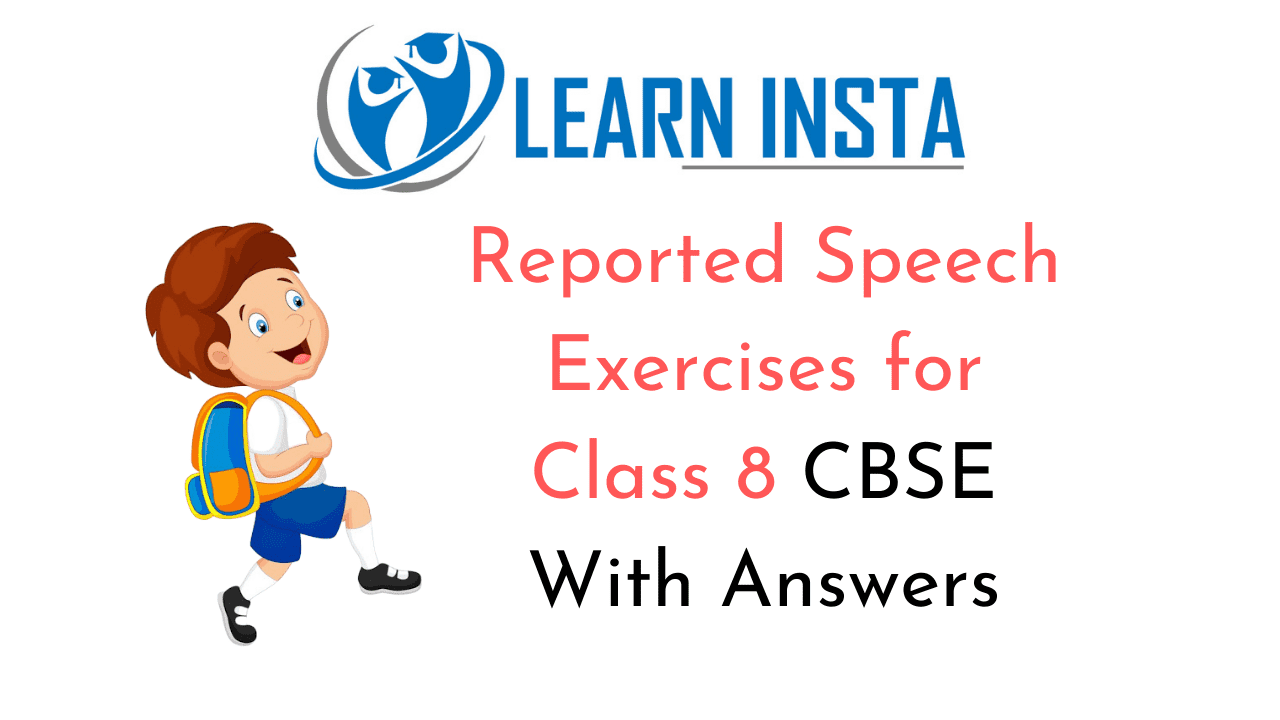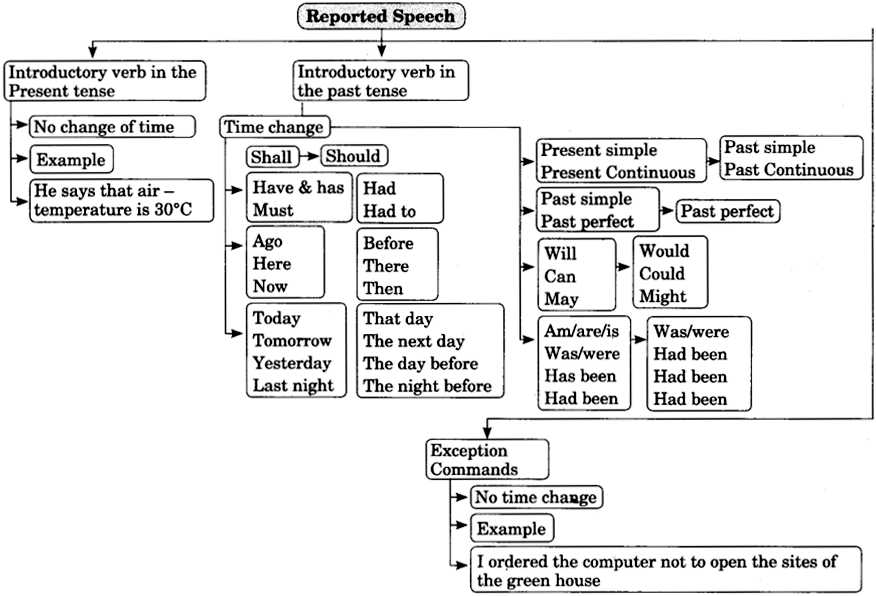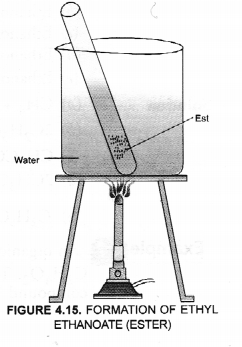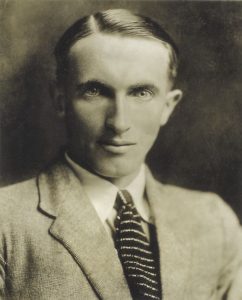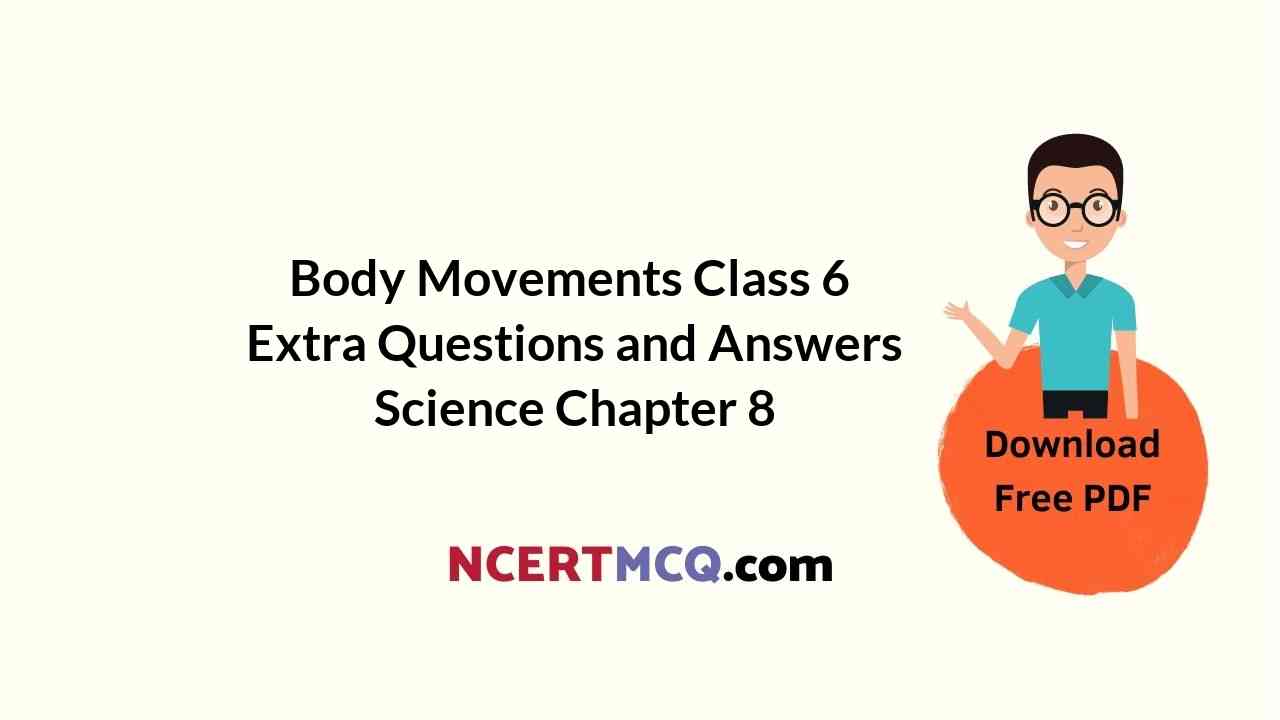Here we are providing Online Education for The Invention of Vita Wonk Extra Questions and Answers Class 7 English Honeycomb, Extra Questions for Class 7 English was designed by subject expert teachers. https://ncertmcq.com/extra-questions-for-class-7-english/
We have created the most comprehensive NCERT Solutions for Class 7 English Chapter Chapter 7 The Invention of Vita Wonk. These solutions are help to score more marks in your Board Exams.
Online Education for The Invention of Vita Wonk Extra Questions and Answers Class 7 English Honeycomb
The Invention of Vita Wonk Extra Questions and Answers Short Answer Type
The Invention Of Vita Wonk Extra Questions Question 1.
According to Charlie what lives the longest?
Answer:
According to Charlie a tree lives the longest.
Invention Of Vita Wonk Extra Questions Question 2.
Who did Mr. Wonka asked Charlie to confirm Bristlccone pine trees live the longest?
Answer:
Mr. Wonka asked Charlie to confirm the fact with any deridrochronologist.
Extra Questions Of Invention Of Vita Wonk Question 3.
How did Mr. Wonka travel?
Answer:
Mr. Wonka used to travel across the world in the Great Glass Elevator.
The Invention Of Vita-Wonk Extra Questions Question 4.
Whose knucklebone were collected by Willy Wonka? Where did the old fles collected by Mr. Wonka live?
Answer:
Mr. Willy Wonka collected the knucklebones of a 700 years old Grimalkin that lived in a cave on Mount Popocatepetl. The old Flea used to live on Crumpets that was a 36 years old cat.
The Invention Of Vita Wonk Question Answer Question 5.
What was special about the Arabian horse? Mr. Wonka collected whose tow-nail?
Answer:
The Arabian horse lived for 5 years which is quite unusual for any normal horse. Mr. Wonka collected the toenail clipping of a 168 years old Russian farmer called Petrovitch Gregorovitch.
The Invention Of Vita Wonk Extra Question Answer Question 6.
On whom did Mr. Wonka tested the oily black liquid?
Answer:
Mr. Wonka tested the oily black liquid over an Oompa – Loompa volunteer.
Extra Questions Of The Invention Of Vita Wonk Question 7.
What was the need for Mr. Wonka to invent Vita – Wonk?
Answer:
It Vita – Wonk after taking many people have grown younger to an extent that their ages have gone in minus. All such people have disappeared and will be back only after they spend all those minus years being invisible. To counter these changes Mr. Wonka decided to invent a new drug to help people to grow older.
The Invention Of Vita-Wonk Extra Question Answer Question 8.
What were the ancient things that Mr. Wonka collected?
Answer:
Mr. Wonka had collected five ancient things. Mr. Wonka collected a pint of sap from a 4000 years old Bristlecone pine tree, whiskers of a 36 years old cat called Crumpets, an egg laid by a 200 years old tortoise that belonged to the king of Tonga. He also collected tail of 207 years old rat from Tibet and tail of 51 years old horse in Arabia.
The Invention Of Vita Wonk Class 7 Extra Questions Question 9.
What changes in the appearance of Oompa – Loompa volunteer after taking the drops of Vita – Wonk?
Answer:
The obvious changes of again appeared on Oompa-Loompa. After taking drops of Vita-Wonk the Oompa-Loompa volunteer began to wrinkle and shrivel its hair started falling. Within no while the changes were visible and become an old man who looked around 75 years old.
Invention Of Vita Wonk Question Answer Question 10.
How has the of invention of Vita-Wonk progressed?
Answer:
Willy Wonka took much pain. He travelled across he globe in his Great Glass Elevator to collect items for Vita-Wonk. He collected samples from some of the oldest living creatures in the world. He mixed these items, boiled and bubbled them several times in his inventing room and then invented a one tiny cupful of an oily black liquid. He tested this on a 20 years old Oompa – Loompa volunteer and within minutes he turned into a 75 years old creature. This was how Vita-Wonk was discovered.
The Invention of Vita Wonk Extra Questions and Answers Long Answer Type
The Invention Of Vita-Wonk Question Answer Question 1.
How does the Roald Dahl story to infuse the creativity increase the power of imagination in the children?
Answer:
The children are a powerhouse of imagination and creativity. The story boosts the spirit and it gives wings to the imagination of the children. Roald Dahe has a humorous and creative writing style that suits to the delicate mind of children. The language, description of characters is simple. Yet bombastic words used in the lesson helps cognitive development of child.
Extra Question Of The Invention Of Vita Wonk Question 2.
Why the impact of inveritions and discoveries need to be regulated?
Answer:
Life is an ongoing process with development and growth. Various invention and discoveries benefitted humanity and nature: Yet a few were disastrous. Human mind is highly creative but its energy should be used in doing general good for everybody. The medicine for making young did no good to Mr. Wonka, so he prepared antidote named. Wonka – Vite. Nature needs to be balanced. Service to nature should be aimed at with every research/invention.
The Invention Of Vita Wonk Question 3.
(i) What trees does Mr Wonka mention? Which trees does he say lives the longest?
(ii) How long does this tree live? Where can you find it?
Answer:
(i) Mr Wonka mentions fir, Oak, cedar and Bristlecone Pine trees lives the longest.
(ii) Bristlecone Pine lives for over 4000 years and one can find them upon the slopes of wheeler peak in Nevada, USA.
Question 4.
Who many of the oldest living things can you remember from Mr Wonka’s list? (Don’t look back at the story!) Do you think all these things really exist, or are some of them purely imaginary?
Answer:
With the exception of 4000-year-old Bristlecone Pine, the things mentioned in Mr Wonka’s list are purely Imaginary.
Question 5.
Why does Mr Wonka collect item from the oldest things? Do you think this is the right way to begin his invention?
Answer:
Mr Wonka wanted to create an item that will make people older so he collected items from the oldest thing. This is in fact a foolish way to begin an invention.
Question 6.
What happens to the volunteer who swallows four drops of the new invention? What is the name of the invention?
Answer:
The moment the brave twenty years old Oompa-Loompa volunteer swallowed four drops of the new invention, he began wrinkling and shriveling up all over. His hair started dropping off and his teeth started falling out. Before Mr Wonka knew it, the volunteer had suddenly become an old man of seventy five. The name of the invention was Vita-work.
The Invention of Vita Wonk Extra Questions and Answers Reference to Context
Question 1.
Mr. Wonka said, “ So once again I rolled my sleeves and set to work. Once again I squeezed my brain,
searching for the new recipe… I had to create age… to make people old… old, older, oldest… ‘Ha-ha!’ I cried for now the ideas were beginning to come. “What is the oldest living thing in the world? What lives longer .then everything else?’
(i) Who is I in the above line?
(ii) Whom is he talking to?
(iii) Why did he roll up his sleeves?
(iv) What was he looking out for?
(v) Write three degree of adjective’s (old) from the passage.
Answer:
(i) T is Mr. Wonka in the above lines.
(ii) He was talking to Charlie.
(iii) Mr. Wonka rolled up his sleeves in search for new recipe.
(iv) He was looking out for the oldest living things in the world.
(v) old-older-oldest.
Question 2.
Let me just say quickly that in the end, after lots of boiling and bubbling and mixing and testing in my inventing Room, I produced one tiny cupful of oily black liquid and gave four drops of it to a brave twenty-year-old Oompa-Loompa volunteer to see what happened.” “What did happen?” Charlie asked. “It was fantastic!” Cried Mr Wonka. “The moment he swallowed it, he began wrinkling and shrivelling up all over and his hair started dropping off and his teeth started falling out and, before I knew it, he had suddenly become an old fellow of seventy-five! And thus, my dear Charlie, was Vita-Wonk invented!”
(i) What did Mr. Wonka tell Charlie in the end?
(ii) Who had volunteered to take the medicine?
(iii) What did happen to the volunteer?
(iv) What signs of ageing appeared on him?
(v) Give the meaning of ‘shriveling up’.
Answer:
(i) Mr. Wonka told Charlie that he boiled, mixed and tested black liquid.
(ii) A twenty years old Oompa – Loompa volunteered to take the medicine.
(iii) The volunteer grew older to the age of seventy five. Wrinkles appeared on his face.
(iv) The volunteer began wrinkling; shrivelling up his hair and his teeth began to fall.
(v) To contract.

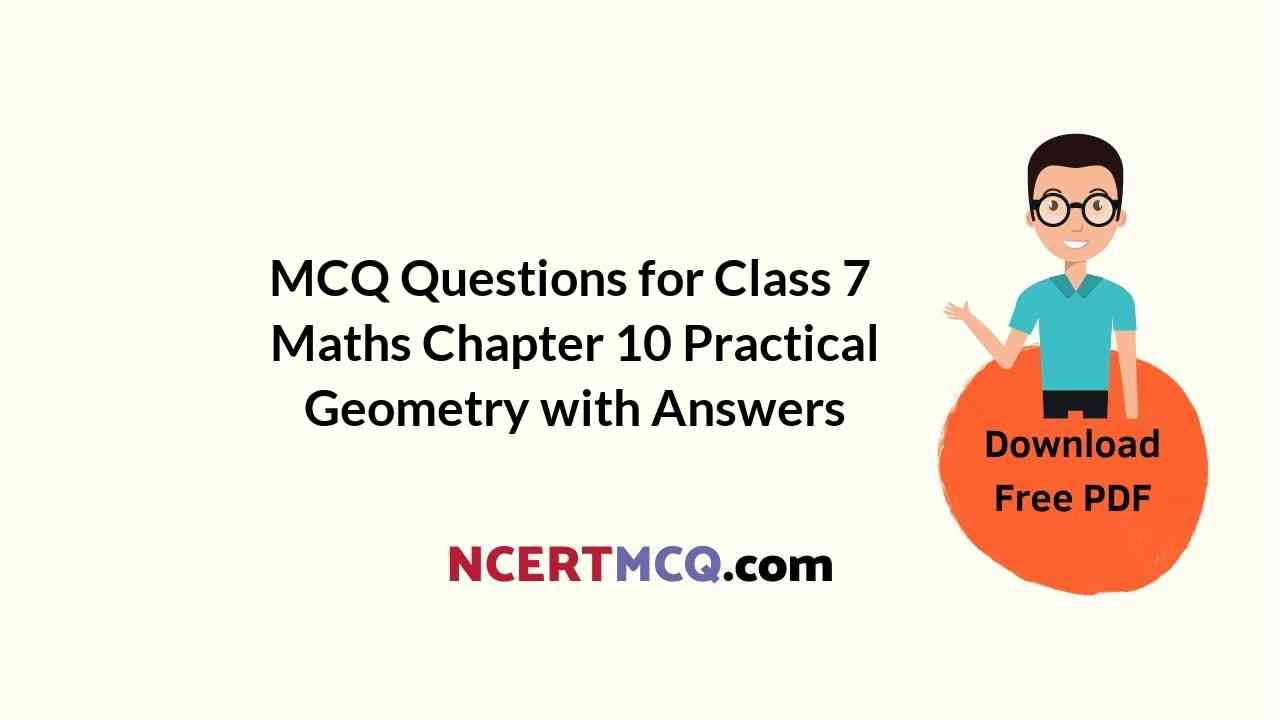




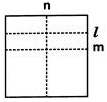

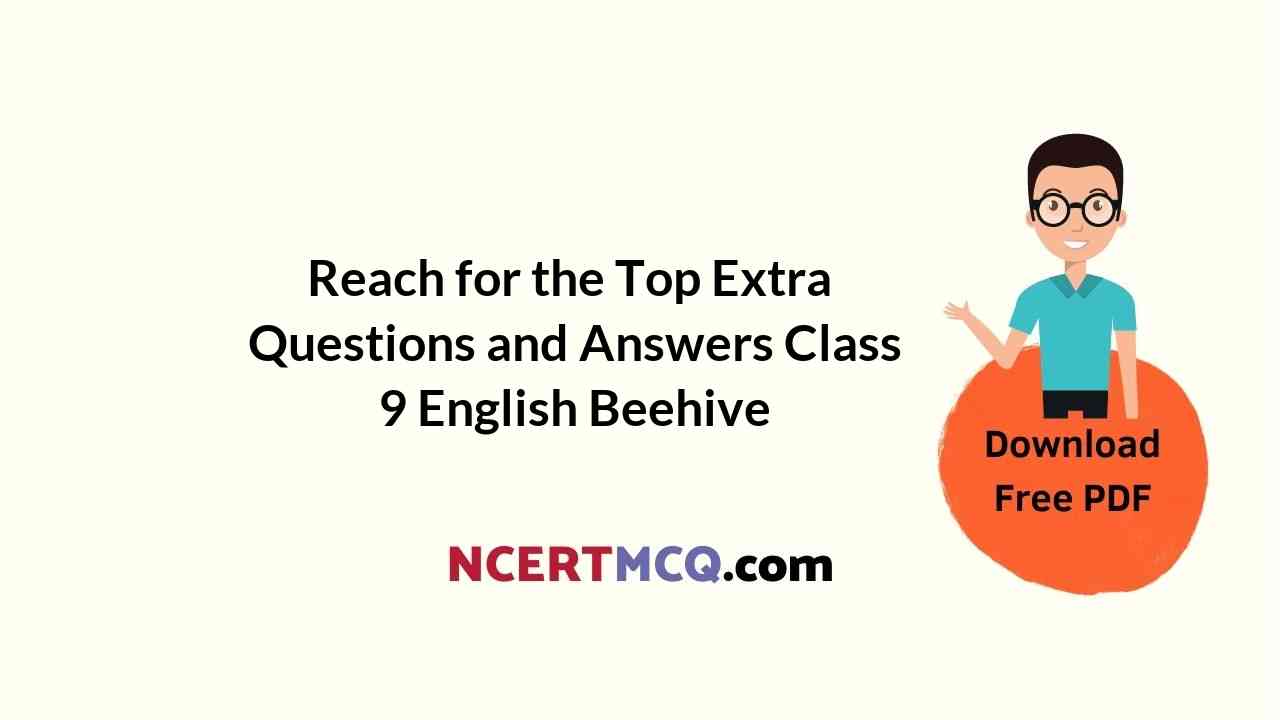
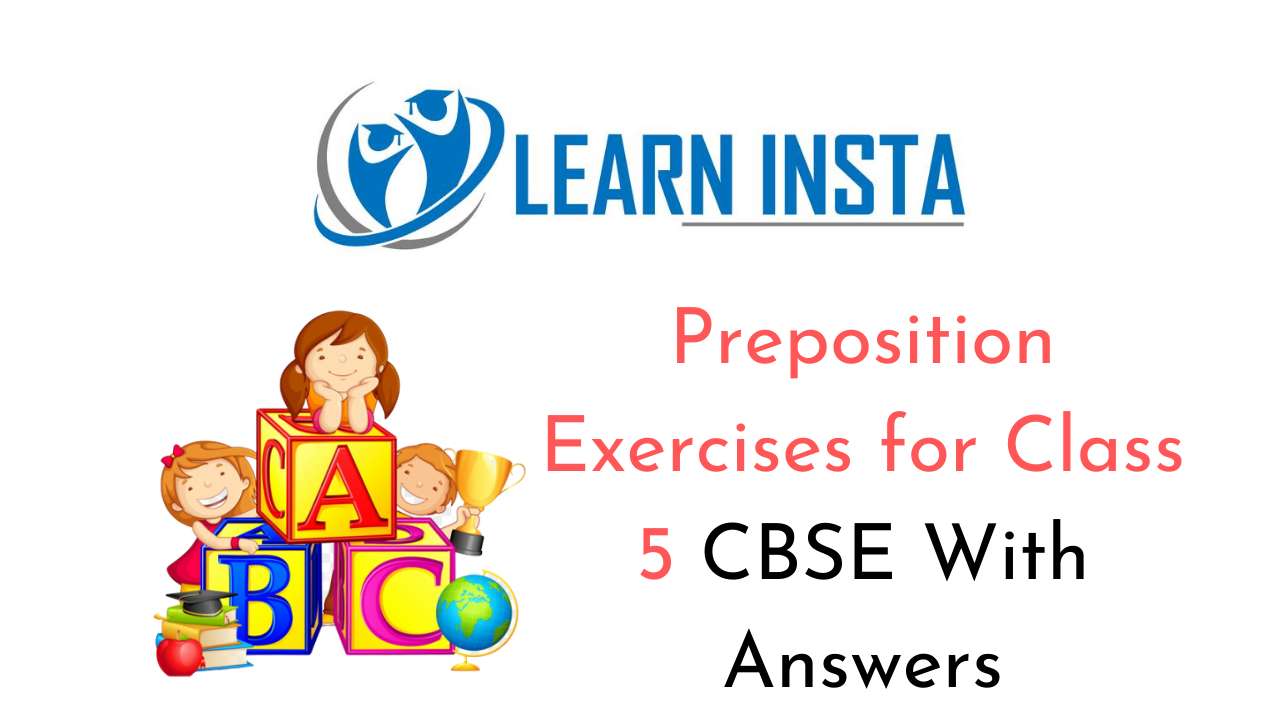 Definition: A preposition is a word placed before a noun or a pronoun to show in what relation the person or thing denoted by it stands in regard to something else.
Definition: A preposition is a word placed before a noun or a pronoun to show in what relation the person or thing denoted by it stands in regard to something else.